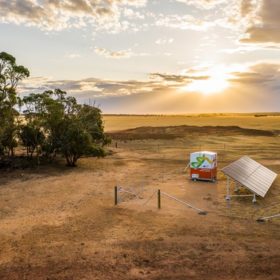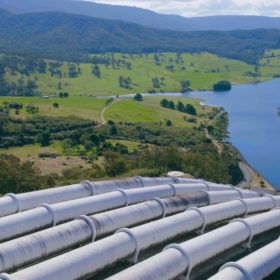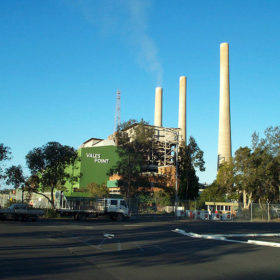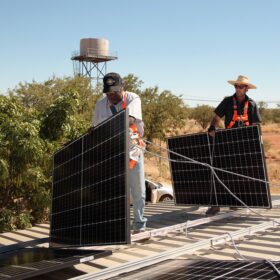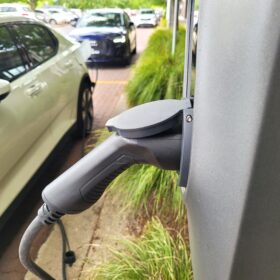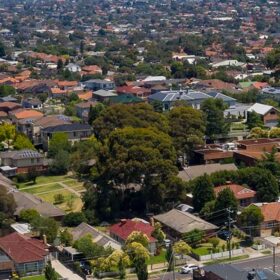Western Australia, the stand-out state for stand-alone systems
Before social-distancing became a thing, Western Australia stood apart from the rest of the country. Defined by remoteness, the state is beginning to embrace its identity, and cure itself of network headaches at the same time, with the uptake of stand-alone power systems (SPS).
WA passes Pilbara electricity reform bill
The Western Australian State Parliament has passed an electricity reform bill that will see a new regulatory framework for the Pilbara and support stand-alone power and storage systems – already being rolled out by both Western Power and regional utility Horizon Power.
WA Government announces energy bill relief
Western Australia’s McGowan Labor Government has announced its $1 billion economic and health relief package to assuage the effects of Covid-19. Key to the relief package is support for Western Australians struggling to pay their electricity bills.
AER calls on energy industry to consider its customers
The Australian Energy Regulator has called on Australian energy businesses to take its customers doing it tough at this time into consideration. The AER has set out 10 expectations for energy businesses.
Experts call for independent scrutiny of Snowy 2.0
30 experts from the energy, engineering, economic and environmental industries around Australia are calling on the Prime Minister and NSW Premier to withstand an independent inquiry into Snowy 2.0.
Covid-19 and dependence on China’s PV supply chain
The Asian Development Bank says developing countries in Asia and the Pacific should consider developing their own solar industry supply chains as the Covid-19 pandemic has exposed their over-reliance on China to carry through the energy transition.
Policy, policy, policy: BNEF beats a path to hydrogen uptake
A hot energy topic with little coordinated analysis, green hydrogen has attracted the nous and number crunching of BloombergNEF. And what numbers! The investment! The required renewable capacity! The potential for emissions reduction!
CEC CEO Kane Thornton on why ARENA needs refunding
With ARENA’s funding set to dry up in mid-2020, many around Australia are concerned the Government is preparing to toss the golden goose. Clean Energy Council head Kane Thornton is here to make sure that doesn’t happen.
CSIRO’s energy unit to sack staff prior to Government’s Carbon Reduction Roadmap
The CSIRO recently told its Energy Business Unit that shortfalls would see approximately 20% of jobs cut despite the Government’s much-awaited Carbon Reduction Roadmap pinning our hopes on technological innovation.
Committee dismisses calls to use climate funds for coal plant upgrades
A push by lobbyists to access the federal government’s Climate Solutions Fund in order to cover the cost of upgrades that would extend the operational life of coal-fired generators has been rejected by the independent Emissions Reduction Assurance Committee.
